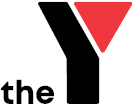What to expect when voting for the first time
Voting looks different for everyone.
If you vote in person, you should expect to wait in line (not for too long!) to get your name marked off the electoral roll. When you get to the front of the line, you’ll be asked three questions:
- your name
- your address
- if you have voted in this election before.
You must answer these questions honestly. If you don’t feel comfortable speaking, you can show your ID card to provide your name and address.

After getting your ballot papers, you’ll be directed to a voting screen where you can vote in private. If you make a mistake, take your ballot papers back to the election official and swap them for a new one.
Once you’ve filled in your ballot paper(s), be sure to place them into the relevant ballot box. You can then leave the voting centre - buy a democracy sausage on the way out!

Overview of elections
Voting options
Local election
The Minister for Local Government decides the method of voting for all councils. It can be a postal election or an attendance election.
In a postal election ballot packs will be mailed to voters. You need to complete your ballot paper and post your vote back before a specific date.
In an attendance election you can vote at any voting centre in your council area on election day. You can also vote early at the election office in your council area.
State election
In a state election you can vote at any voting centre in Victoria on election day, or apply to vote by post.
You can also vote before election day at any early voting centre in Victoria, or at any of the early voting centres interstate or overseas. Visit the VEC website to find the most convenient early voting centre for you. Early voting generally opens approximately 2 weeks prior to the election Saturday.
Ask for help
On election day, election officials will be clearly identifiable and can help answer any questions you may have about the voting process.
If you need help voting you can also:
- Bring a family member or friend;
- Ask election staff to help you;
- Bring a written statement of how you want to vote.
No Fixed Address
Homeless does not mean voteless.
Anyone experiencing homelessness can still vote.
You'll just need to enrol to vote using the ‘No Fixed Address’ form. This way you still get to exercise your right to vote and you won’t be fined for not voting.
You don't need any ID to enrol, you just need someone who's enrolled to vote in federal elections to say they know you.
Preferential voting
In Victoria, we use versions of the preferential voting system. In this system, you number the candidates on the ballot paper in the order of your preference. If your preferred candidate doesn’t get enough votes to win, your vote will count for your next preferred candidate.
How preferential votes are counted
Voting in the Lower House (Legislative Assembly)
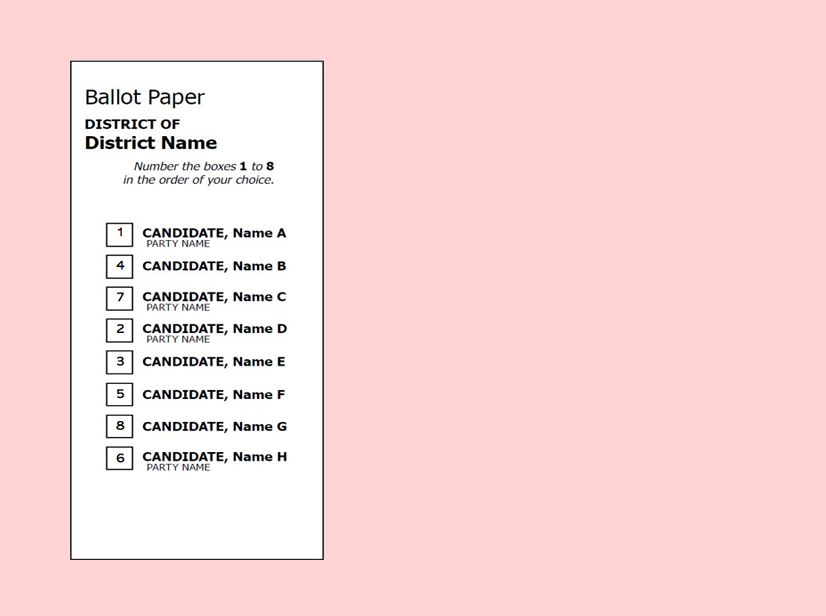
Voting in the Upper House (Legislative Council)
The Upper House uses optional preferential voting.
- In this process you have the choice of whether or not to fill in all the boxes on the ballot paper.
- There will be a thick, black line across the page on ballot papers for the Upper House.
- You can vote above the line or below the line but not both!
Always follow the instructions on the ballot paper so your vote is counted.
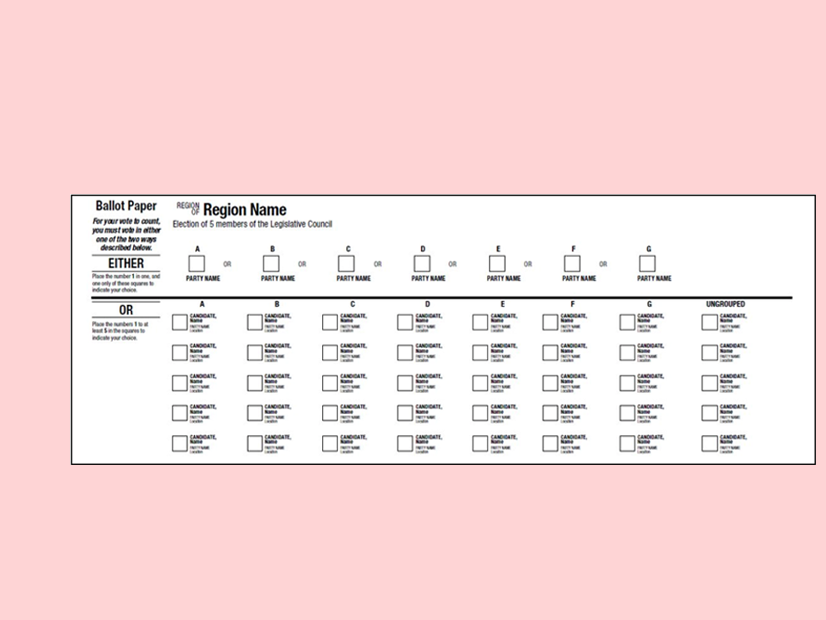
Upper House - Above the line voting
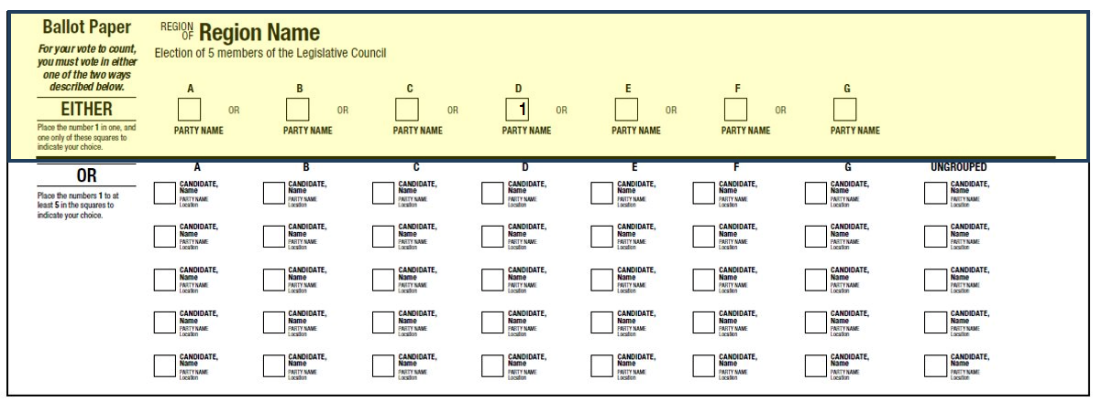
Upper House - Below the line voting
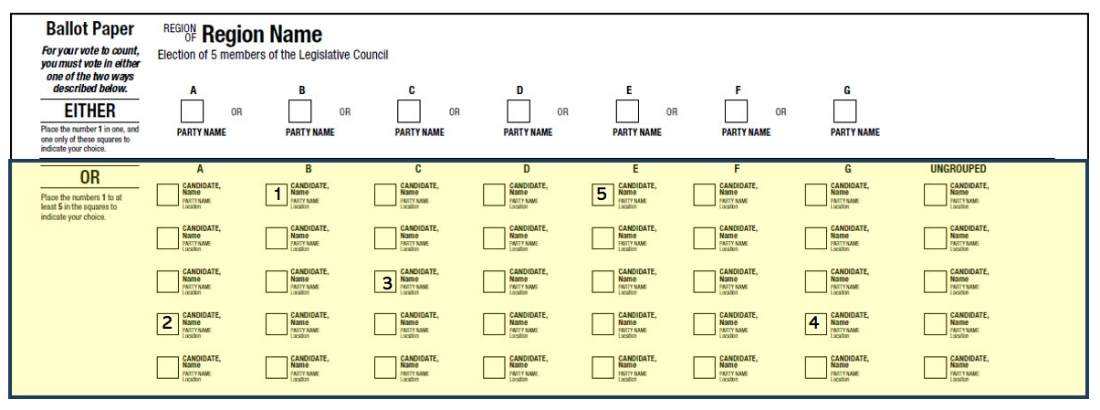
We've looked at our democracy and the voting system - now it's time for action! Let's look at how you can get involved in your community and civic life.
